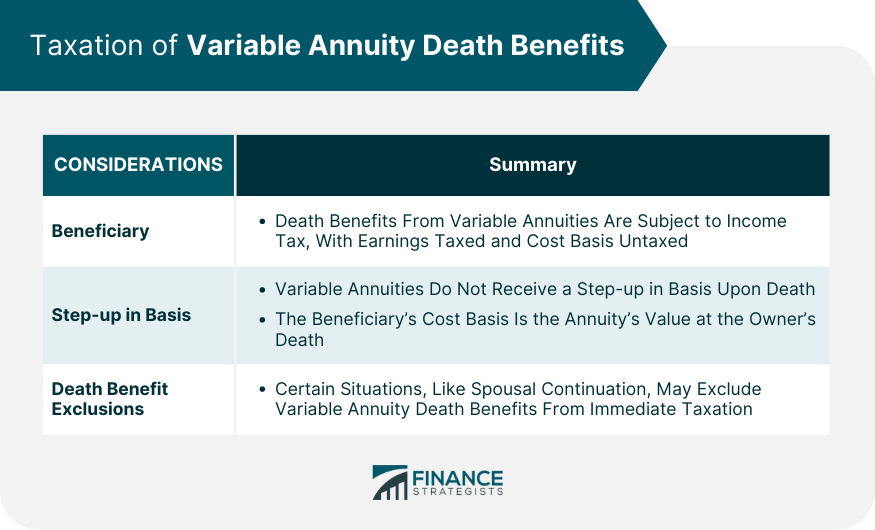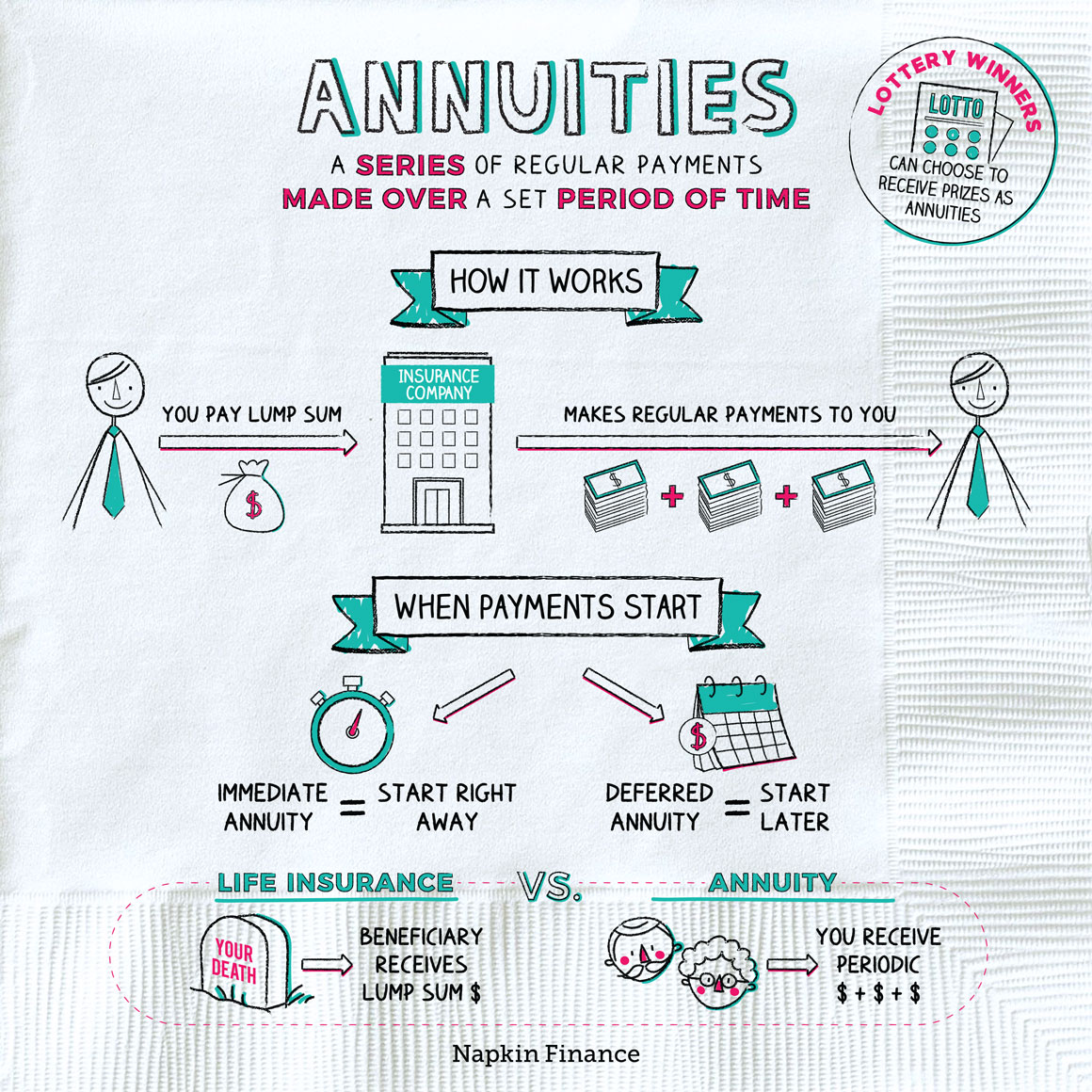All Categories
Featured
Table of Contents
This five-year basic policy and two adhering to exceptions apply just when the proprietor's fatality sets off the payout. Annuitant-driven payments are reviewed listed below. The first exemption to the basic five-year guideline for private beneficiaries is to approve the survivor benefit over a longer period, not to exceed the expected lifetime of the beneficiary.
If the beneficiary chooses to take the survivor benefit in this method, the benefits are taxed like any kind of other annuity payments: partially as tax-free return of principal and partly gross income. The exclusion ratio is located by utilizing the departed contractholder's cost basis and the anticipated payments based on the beneficiary's life span (of shorter period, if that is what the beneficiary chooses).
In this approach, occasionally called a "stretch annuity", the recipient takes a withdrawal each year-- the needed quantity of every year's withdrawal is based on the very same tables used to determine the required circulations from an IRA. There are two advantages to this method. One, the account is not annuitized so the beneficiary keeps control over the money value in the contract.
The second exemption to the five-year policy is readily available just to an enduring partner. If the marked recipient is the contractholder's partner, the spouse might elect to "tip right into the footwear" of the decedent. Basically, the partner is dealt with as if she or he were the owner of the annuity from its creation.
What taxes are due on inherited Annuity Fees
Please note this applies only if the partner is named as a "assigned beneficiary"; it is not readily available, for example, if a depend on is the recipient and the partner is the trustee. The general five-year policy and both exemptions just put on owner-driven annuities, not annuitant-driven agreements. Annuitant-driven agreements will pay survivor benefit when the annuitant dies.

For purposes of this discussion, presume that the annuitant and the proprietor are different - Annuity beneficiary. If the contract is annuitant-driven and the annuitant passes away, the death causes the survivor benefit and the recipient has 60 days to make a decision exactly how to take the fatality advantages based on the terms of the annuity contract
Note that the choice of a spouse to "tip right into the footwear" of the proprietor will not be offered-- that exemption uses only when the proprietor has passed away however the proprietor really did not pass away in the instance, the annuitant did. Last but not least, if the beneficiary is under age 59, the "death" exemption to stay clear of the 10% penalty will certainly not put on a premature circulation once more, since that is available only on the fatality of the contractholder (not the fatality of the annuitant).
As a matter of fact, many annuity companies have inner underwriting policies that decline to release agreements that name a various owner and annuitant. (There might be strange situations in which an annuitant-driven contract fulfills a customers distinct demands, yet more often than not the tax downsides will certainly exceed the advantages - Period certain annuities.) Jointly-owned annuities might pose similar problems-- or at least they might not serve the estate preparation function that other jointly-held properties do
Because of this, the survivor benefit should be paid out within 5 years of the very first owner's death, or subject to the 2 exceptions (annuitization or spousal continuance). If an annuity is held jointly in between a couple it would certainly show up that if one were to die, the other could simply proceed possession under the spousal continuance exception.
Assume that the partner and wife named their child as recipient of their jointly-owned annuity. Upon the fatality of either proprietor, the business needs to pay the death benefits to the boy, who is the recipient, not the surviving partner and this would most likely defeat the proprietor's intentions. Was wishing there may be a mechanism like setting up a beneficiary Individual retirement account, however looks like they is not the case when the estate is setup as a beneficiary.
That does not recognize the kind of account holding the inherited annuity. If the annuity was in an acquired IRA annuity, you as administrator must have the ability to assign the acquired IRA annuities out of the estate to inherited Individual retirement accounts for every estate recipient. This transfer is not a taxable occasion.
Any kind of distributions made from inherited IRAs after task are taxable to the beneficiary that got them at their normal revenue tax obligation price for the year of circulations. If the acquired annuities were not in an Individual retirement account at her death, then there is no means to do a direct rollover right into an acquired Individual retirement account for either the estate or the estate recipients.
If that occurs, you can still pass the distribution through the estate to the private estate beneficiaries. The tax return for the estate (Type 1041) can consist of Form K-1, passing the revenue from the estate to the estate recipients to be taxed at their individual tax obligation rates instead of the much higher estate income tax prices.
Annuity Interest Rates inheritance and taxes explained

: We will produce a plan that consists of the very best items and attributes, such as improved survivor benefit, costs rewards, and permanent life insurance.: Obtain a customized strategy designed to optimize your estate's worth and reduce tax obligation liabilities.: Apply the selected technique and get recurring support.: We will certainly help you with establishing the annuities and life insurance coverage policies, supplying continual assistance to ensure the plan stays effective.
Nonetheless, needs to the inheritance be considered as an earnings connected to a decedent, then tax obligations may apply. Normally talking, no. With exception to retirement accounts (such as a 401(k), 403(b), or IRA), life insurance policy profits, and cost savings bond interest, the recipient usually will not need to bear any kind of income tax on their inherited wealth.
The amount one can acquire from a count on without paying tax obligations depends on various aspects. The federal inheritance tax exemption (Structured annuities) in the United States is $13.61 million for people and $27.2 million for wedded pairs in 2024. Individual states might have their very own estate tax policies. It is advisable to seek advice from a tax obligation professional for exact information on this matter.

His goal is to simplify retired life preparation and insurance policy, making sure that clients comprehend their choices and protect the ideal coverage at unequalled rates. Shawn is the founder of The Annuity Professional, an independent on the internet insurance firm servicing customers throughout the United States. Via this platform, he and his team aim to remove the uncertainty in retired life planning by aiding individuals discover the very best insurance policy protection at the most affordable rates.
Table of Contents
Latest Posts
Understanding Fixed Income Annuity Vs Variable Growth Annuity Key Insights on Your Financial Future Breaking Down the Basics of Fixed Income Annuity Vs Variable Growth Annuity Features of Smart Invest
Decoding Immediate Fixed Annuity Vs Variable Annuity A Closer Look at Variable Vs Fixed Annuities Defining Fixed Vs Variable Annuity Pros and Cons of Fixed Vs Variable Annuity Why Choosing the Right F
Analyzing Strategic Retirement Planning Everything You Need to Know About Financial Strategies Defining Variable Annuity Vs Fixed Indexed Annuity Advantages and Disadvantages of Different Retirement P
More
Latest Posts